When I first started teaching here, King Arthur was in the curriculum so I knew they had a renaissance festival at the old Indiana fun park, it doesn’t exist anymore. So I called out there, got a phone number, two guy came down, did a demonstration, and I got hooked. And I started working with the group as a squire, did that for about two years, and then I was knighted.
Is that an official title?
Yes, the only difference is we don’t have a monarch as a sponsor. We wrote a letter to queen Elizabeth but she hasn’t written back. We try to live in that code of chivalry and it involves service to the organization. I played as a squire for one of the knights and when he felt that I deserved it, it was taken to all of the knights and it has to be a unanimous vote and then you’re knighted into the full circle.
What is the hierarchy of knighthood?
In the old days, in the middle ages, you started as a page at seven years old and became a squire at fourteen. In our organization we didn’t have paiges, you started as a squire, and you know you’re a grunt, you do anything that needs to get done, learning all the fighting styles we need for the shows that we do, I also ended up on the board of directors for the organization. So all of that was leading up to becoming a knight.
What is the status of your circle?
In reality, we’ve disbanded from the organization, we disbanded the organization about two years ago. We were the Knights of The Silver Sword and we were becoming the Knights of the Silver Hair because most of the people in the group were getting older, all four of us who write the shows were in our middle fifties, and getting knocked off a horse with a stick hurts more when you’re that age. So we finally decided to just discontinue that.
What is jousting like?
Within the organization we practiced once a week either at a local gym or , with warm weather, at somebody’s house. Because our fighting style was not choreographed, it was telegraphed, so we had to see what the other person was doing to recognize what you had to do. In the character world, I played a Scottish Knight from Glenn Finning in Soctland so I had to do the accent and all that stuff. …. We did full contact jousting on horseback and we still have the horses…you had to train the horse to the joust, you had to learn how to do it, not everybody in the group jousted on horseback and that takes a lot of time and money, but that was the key thing in the middle ages they had to learn how to fight and defend a castle.
Describe your horses.
Over the years I had several horses. My first horse was fantastic and I rode him for six years. Finney I had for about two years and he did very well, he jousted like he’d been doing it all his life. Some horses don’t , you have to find the right horse the right personality.
What did you do as a knight?
We would go to Renaissance festivals and usually a tournament is the centerpiece of the festival and we would put on an actual medival tournament. We would do games on horseback, taking the rings or performance in combat on the grounds on horseback and then we’d finish of course with several jousts. Every person in the organization creates a persona and stiks to that character while we’re doing the shows.
What’s needed to uphold the code of chivalry?
The code of chivalry is the code by which they had to behave. The idea was to turn the knight- who was a warrior- and trained to kill into a gentleman. So it broke down to three areas-the ability to use the weapons; chivalry, which is horsemanship; and courtoisie which is court behavior. And so they were trained in all those areas. Then when they took the code for the oath, which is always to tell the truth, and to promise to protect the weak and helpless, to protect all women, to defend the church, because the European knight was a Chirstian knight. So they were expected to live that code.
How does chivalry apply to romance?
The knight wins honor by doing great deeds, and one of those deeds is that they’re supposed to protect all women, and to save women from whatever may be threatening them. So the idea of saving the fair young maiden is pretty common in a lot of the stories. In some cases there are romantic elements in those stories, and in other cases it’s not, because the knight is supposed to be above that. He’s not saving them because they’re pretty girls, he’s saving them because that’s his job.
What is a good example of a knight showing chivalry?
The best historical example of knight sticking to the code of chivalry occurs in the thirteen-hundreds in the Battle of Crécy, Edward the Black Prince of Wales, captures the French king during battle, takes him prisoner- doesn’t tie him up hurt him or beat him or anything like that. (Edward) asks for (the French king’s) parole, which is his word that he will not try to escape. And being a knight, King John gives him that. He doesn’t throw him in the dungeon or chain him up- he’s a guest. They ate their meals together, they went hunting together because they’re peers, they’re equal as knights. Meanwhile they sent ransom money for France, “If you want your king back, you have to send this much gold. “ And when they sent it, they sent King John on his merry way. Thats the code of chivalry- treating knights fairly and equally.













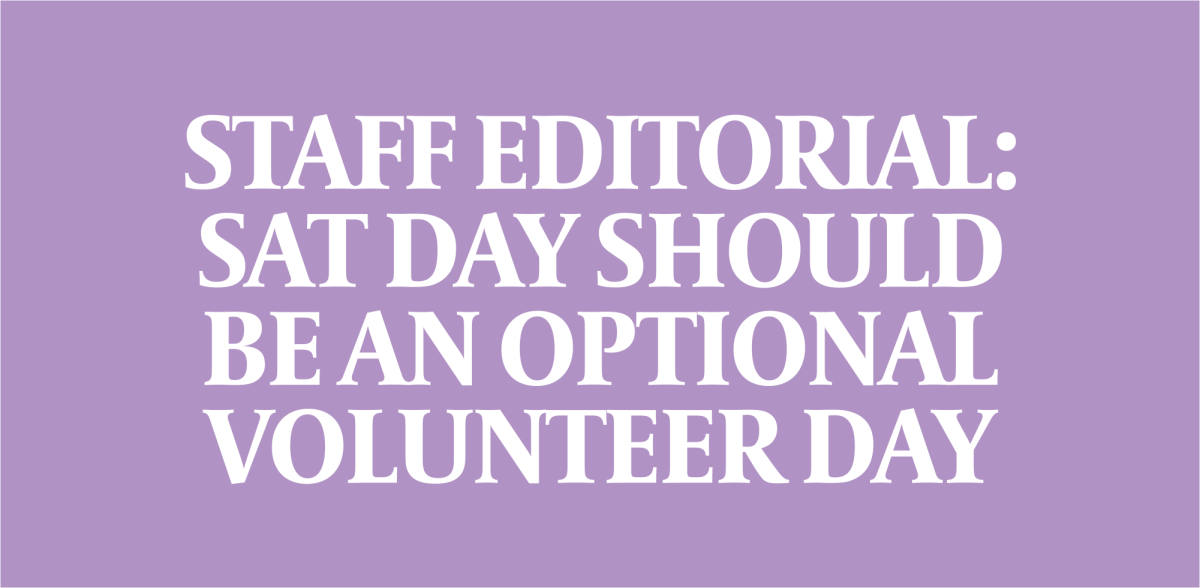




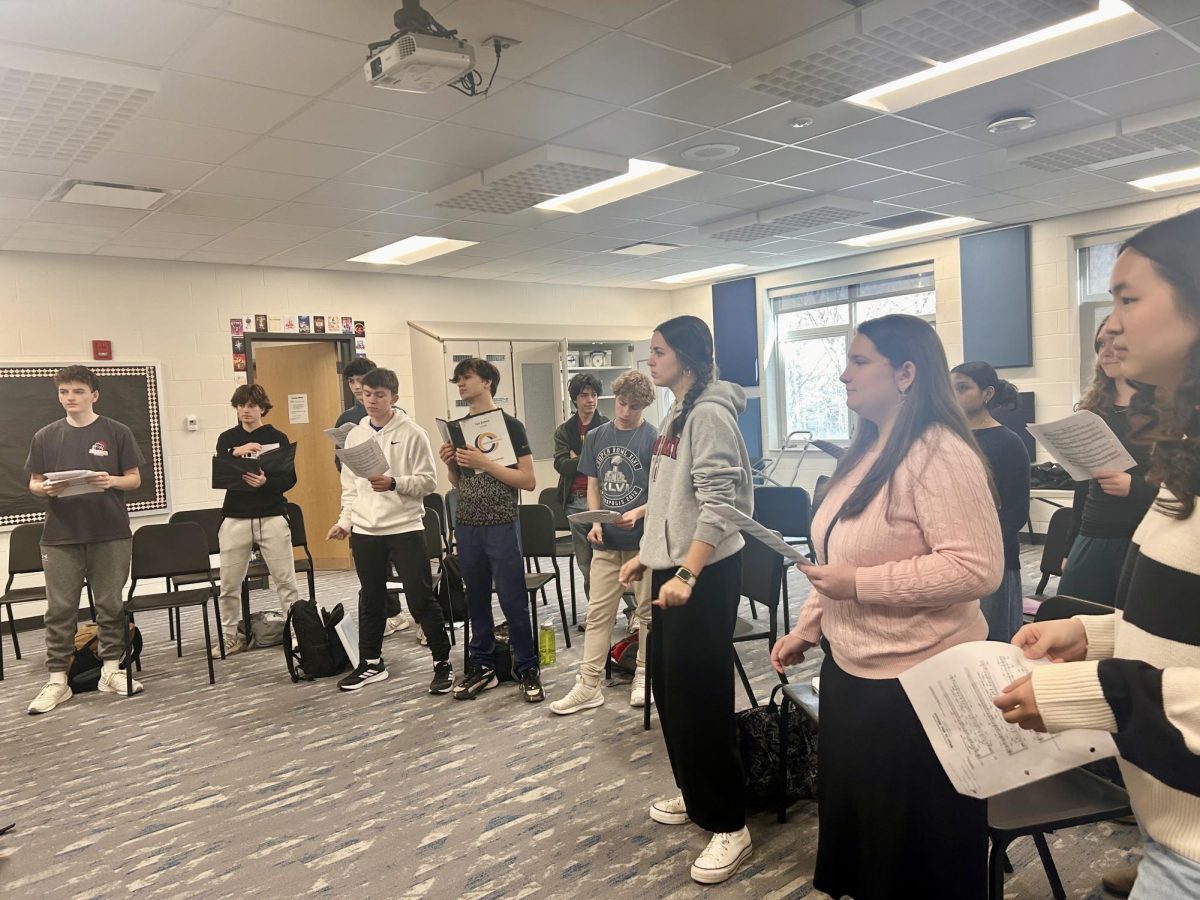

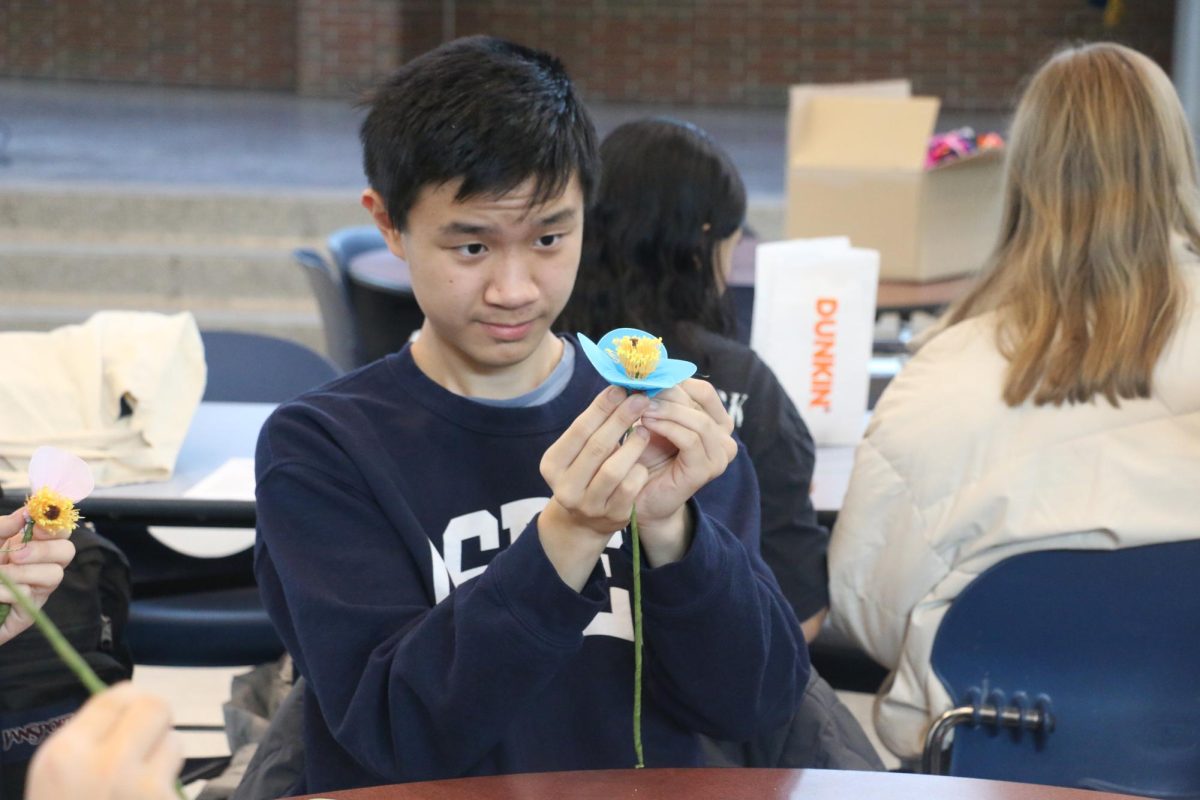




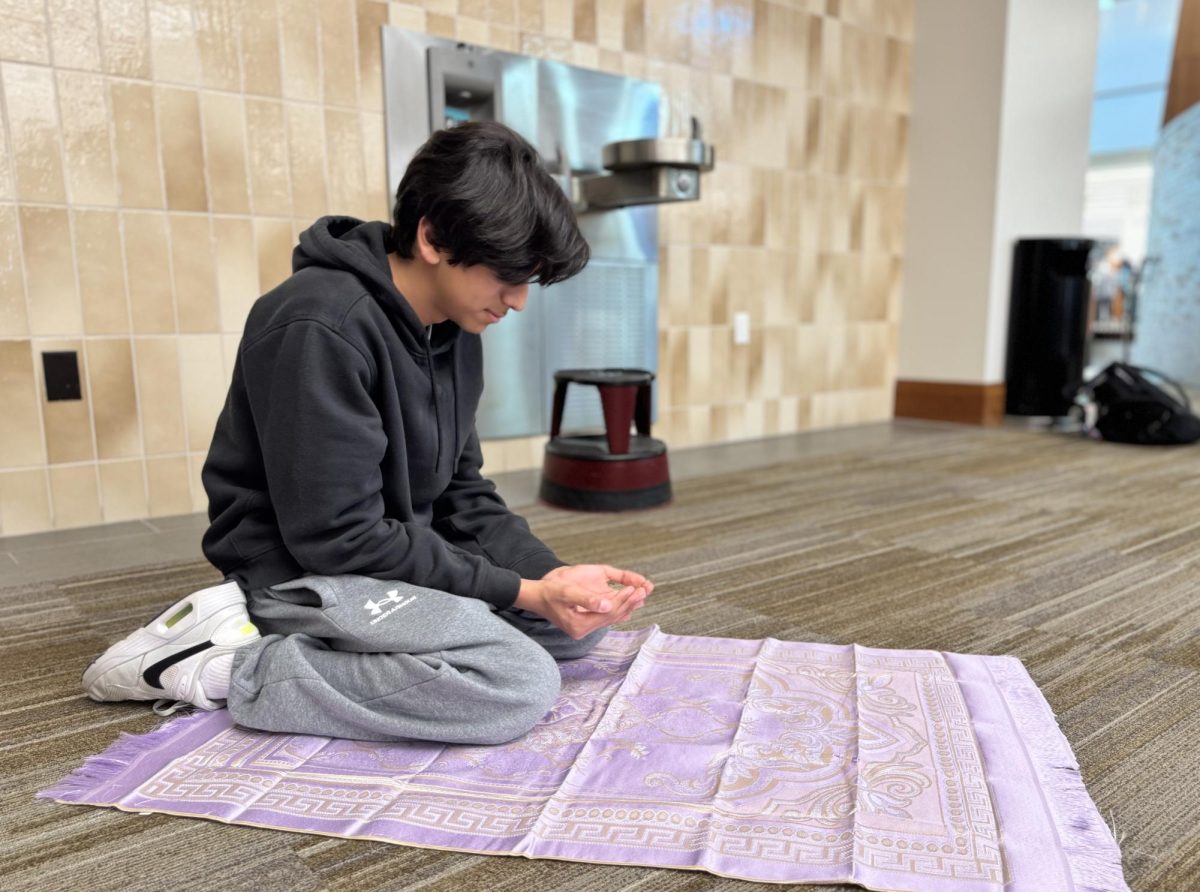



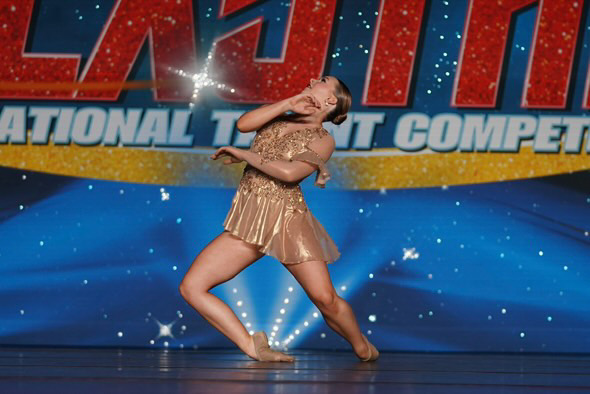

![AI in films like "The Brutalist" is convenient, but shouldn’t take priority [opinion]](https://hilite.org/wp-content/uploads/2025/02/catherine-cover-1200x471.jpg)




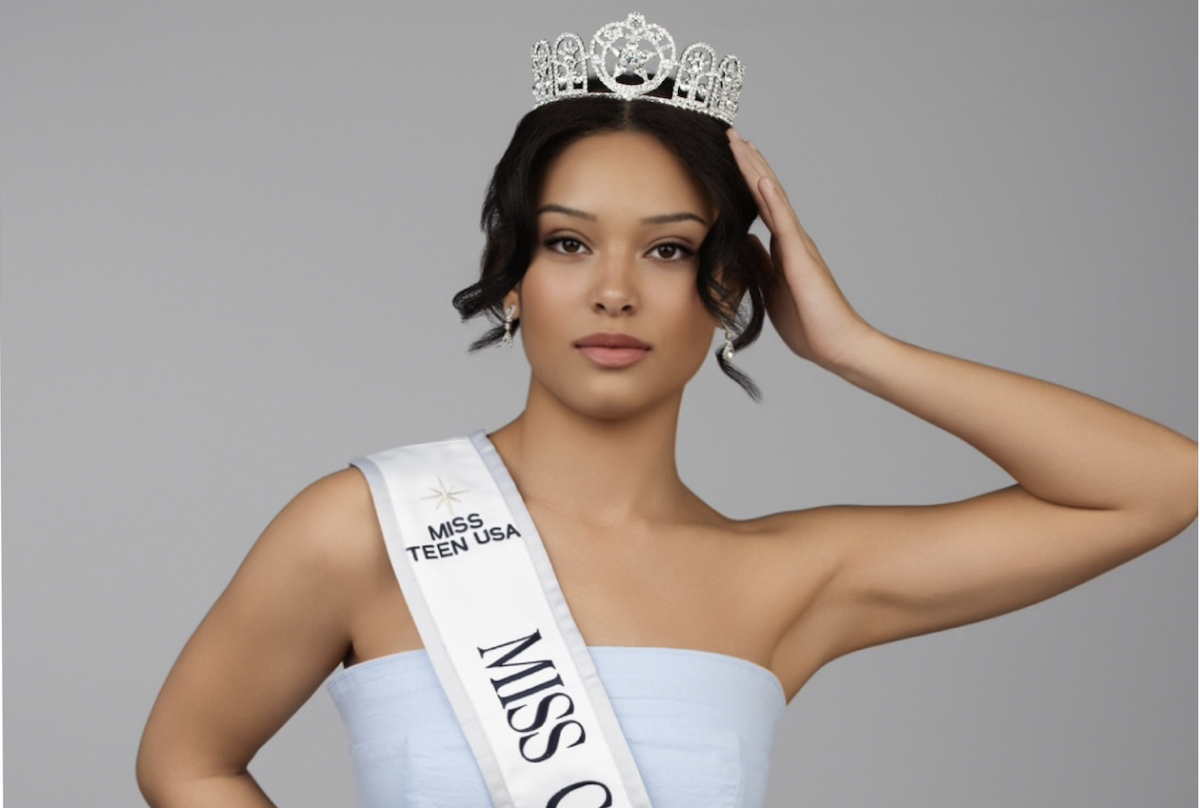
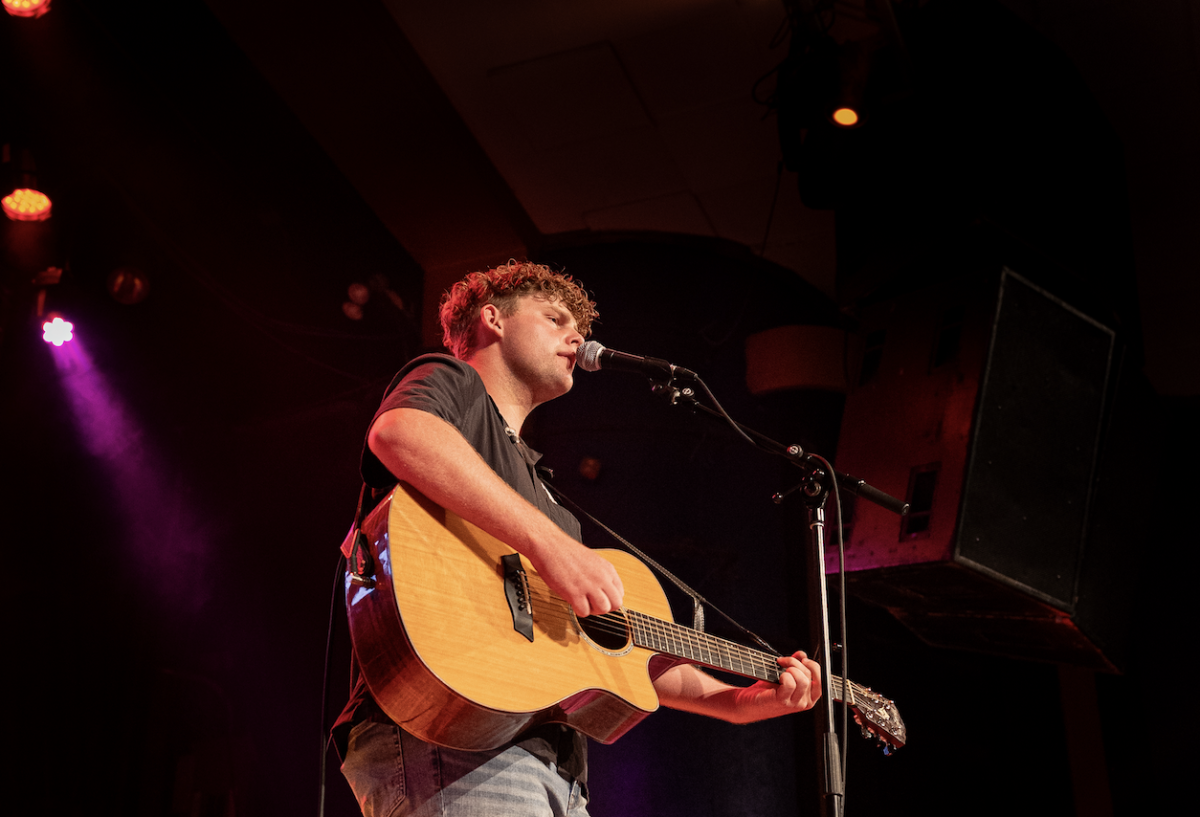





























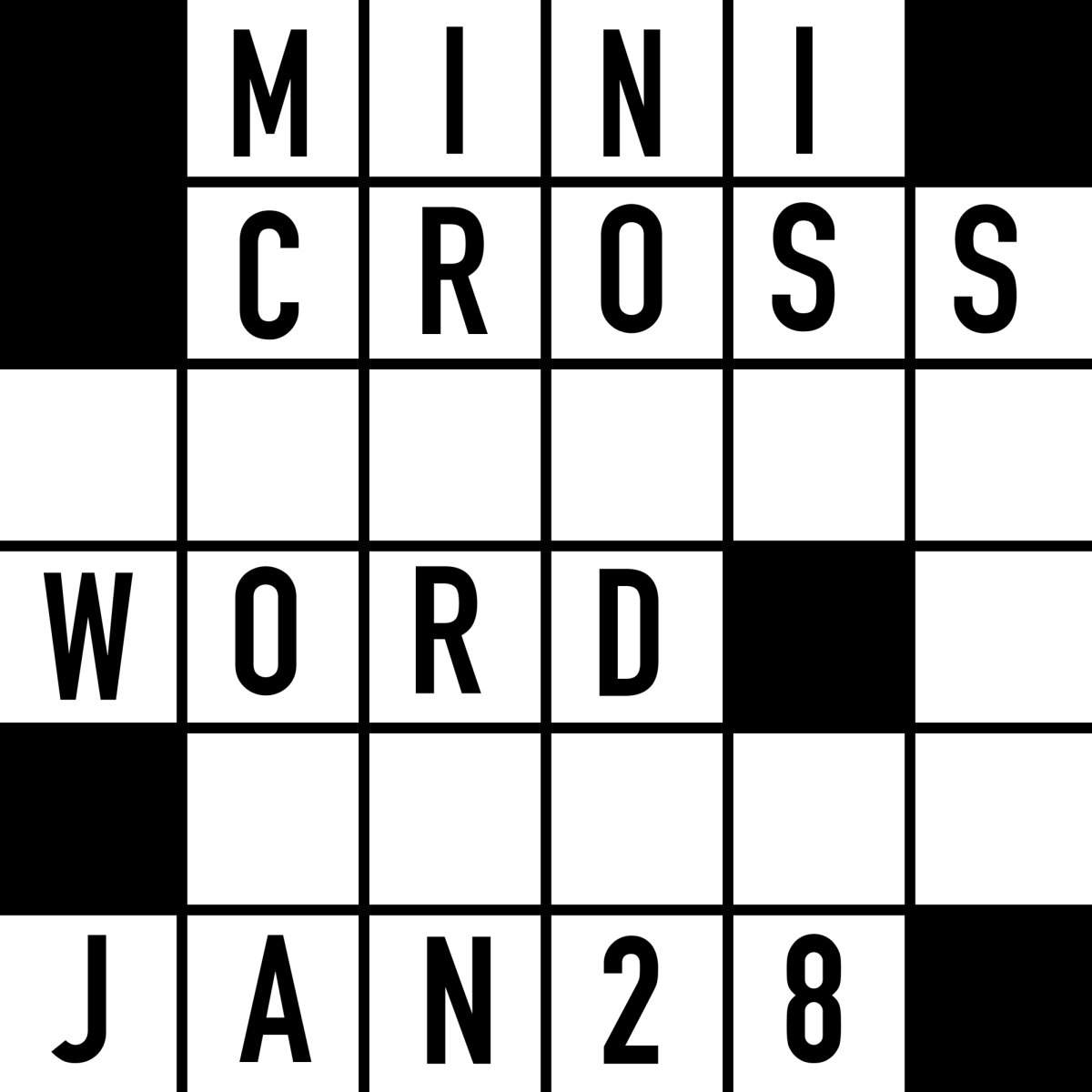









![Review: “The Immortal Soul Salvage Yard:” A criminally underrated poetry collection [MUSE]](https://hilite.org/wp-content/uploads/2025/03/71cju6TvqmL._AC_UF10001000_QL80_.jpg)
![Review: "Dog Man" is Unapologetically Chaotic [MUSE]](https://hilite.org/wp-content/uploads/2025/03/dogman-1200x700.jpg)
![Review: "Ne Zha 2": The WeChat family reunion I didn’t know I needed [MUSE]](https://hilite.org/wp-content/uploads/2025/03/unnamed-4.png)
![Review in Print: Maripaz Villar brings a delightfully unique style to the world of WEBTOON [MUSE]](https://hilite.org/wp-content/uploads/2023/12/maripazcover-1200x960.jpg)
![Review: “The Sword of Kaigen” is a masterpiece [MUSE]](https://hilite.org/wp-content/uploads/2023/11/Screenshot-2023-11-26-201051.png)
![Review: Gateron Oil Kings, great linear switches, okay price [MUSE]](https://hilite.org/wp-content/uploads/2023/11/Screenshot-2023-11-26-200553.png)
![Review: “A Haunting in Venice” is a significant improvement from other Agatha Christie adaptations [MUSE]](https://hilite.org/wp-content/uploads/2023/11/e7ee2938a6d422669771bce6d8088521.jpg)
![Review: A Thanksgiving story from elementary school, still just as interesting [MUSE]](https://hilite.org/wp-content/uploads/2023/11/Screenshot-2023-11-26-195514-987x1200.png)
![Review: "When I Fly Towards You", cute, uplifting youth drama [MUSE]](https://hilite.org/wp-content/uploads/2023/09/When-I-Fly-Towards-You-Chinese-drama.png)
![Postcards from Muse: Hawaii Travel Diary [MUSE]](https://hilite.org/wp-content/uploads/2023/09/My-project-1-1200x1200.jpg)
![Review: "Ladybug & Cat Noir: The Movie," departure from original show [MUSE]](https://hilite.org/wp-content/uploads/2023/09/Ladybug__Cat_Noir_-_The_Movie_poster.jpg)
![Review in Print: "Hidden Love" is the cute, uplifting drama everyone needs [MUSE]](https://hilite.org/wp-content/uploads/2023/09/hiddenlovecover-e1693597208225-1030x1200.png)
![Review in Print: "Heartstopper" is the heartwarming queer romance we all need [MUSE]](https://hilite.org/wp-content/uploads/2023/08/museheartstoppercover-1200x654.png)

